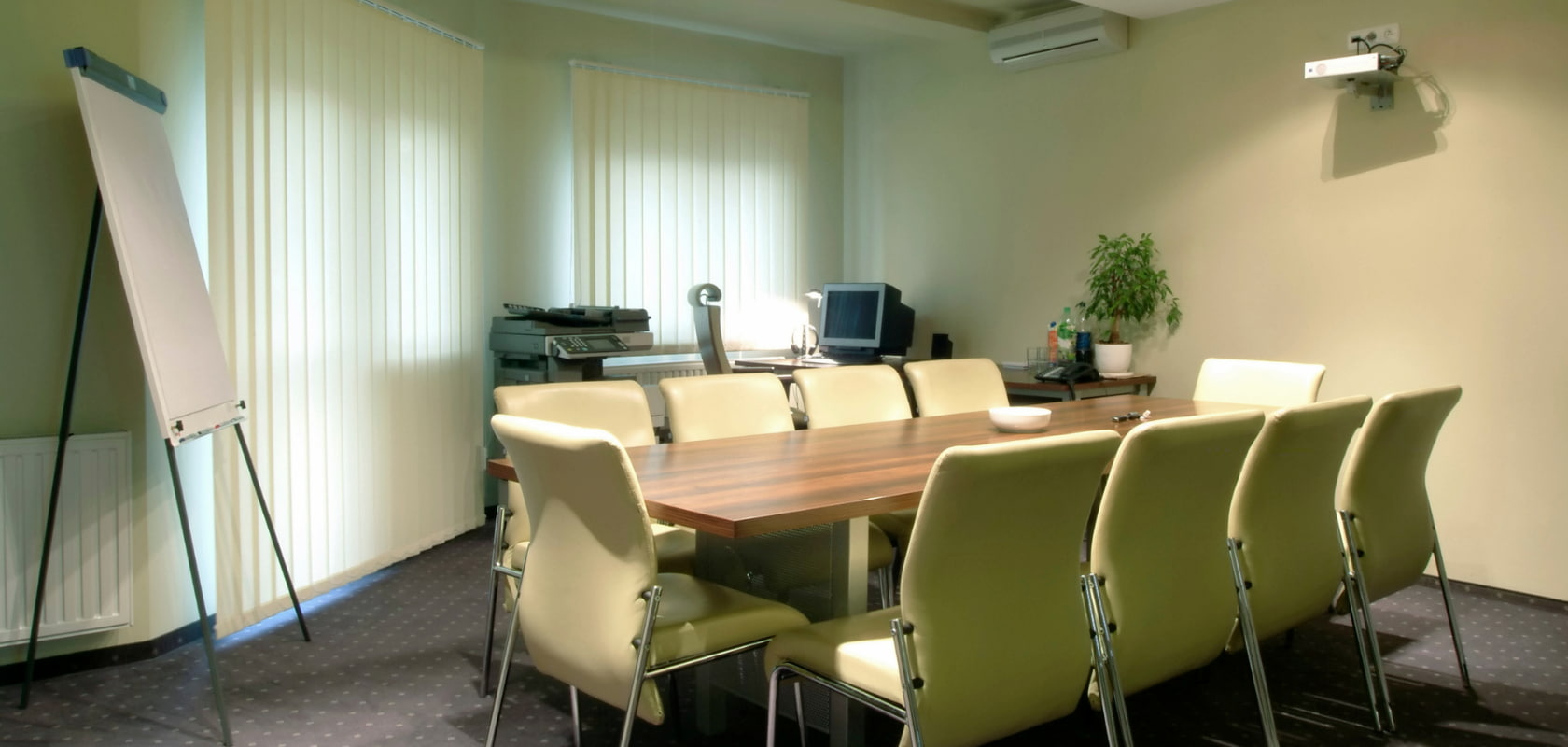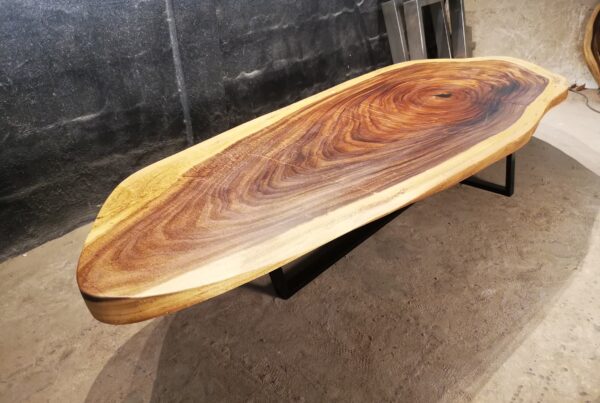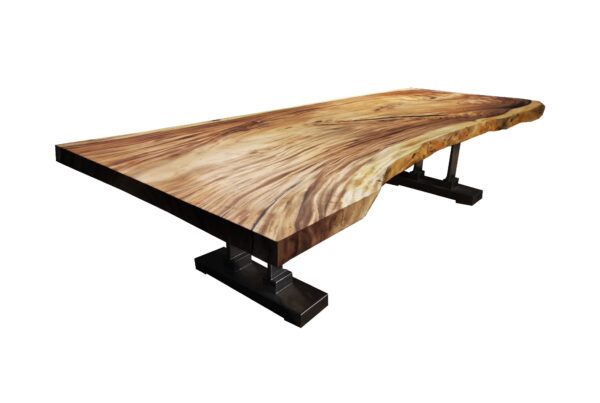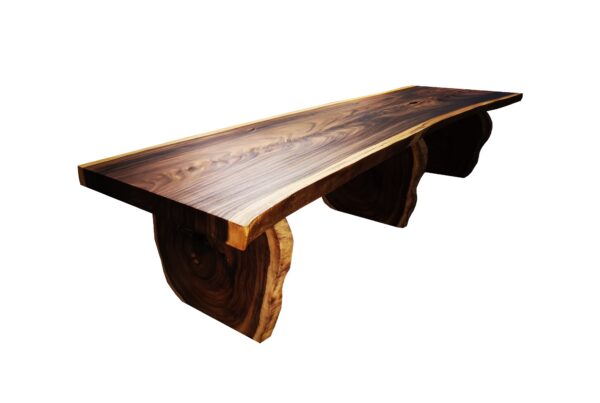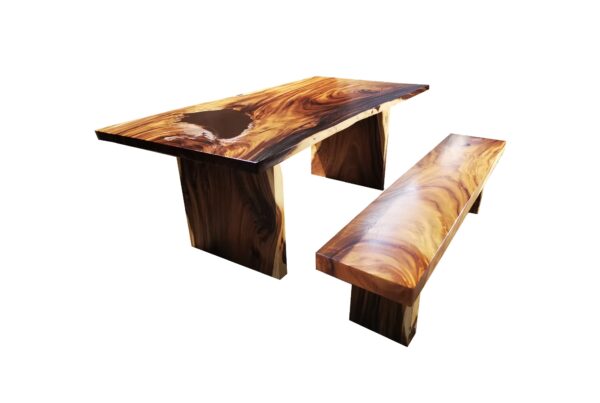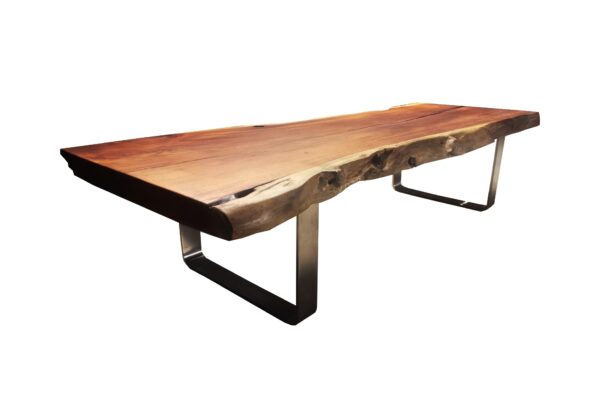
How to Select the Most Appropriate Conference Tables
What is the greatest way to choose the best conference tables? The answer to this question is critical, as the conference and meeting room is a critical location for strategic planning and major business decisions.
A well-designed conference room may help you have effective talks and meetings with your clients, suppliers, and associates.
The table is the most important piece of conference room furniture, and picking the right one from the many options available can be difficult. So, here are some ideas and things to think about in order to make the best decision possible.
The size of the room
The first thing you should consider is the size of your space. Make sure there’s enough room around the table for seats to move away from the table comfortably, as well as for persons who need easy access to all areas of the room.
Keep in mind the room’s doors and windows, and make sure they’re all easily accessible. You must also consider the room’s other uses; for example, if your conference room will also hold other furniture or an audio/video station, you must budget for that space.
By thinking about how your large conference tables will fit in with the rest of the furniture in the room, you can avoid making the error of combining them with mismatched and disproportionate chairs that will look out of place and unworkable.
People, in our experience, frequently choose chairs that are either too big or too tiny for their table, causing discomfort to their guests.
The number of seats available
Try to figure out how many chairs you’ll need based on the room’s capacity. You should also consider the types of chairs you intend to use in the conference room. This will assist you in determining how many chairs to place around your table.
Even when the table is full, remember to provide plenty of room for your guests to move around. Keep in mind that a conference chair requires around 75 cm of width.
The table’s type
Bearing in mind the characteristics of comfort and efficiency, choose the sort of table that best meets your future company demands. Keep in mind that the table you will finally choose from the conference tables listing of your choice should be accessible in a variety of forms and sizes.
They must also be modular so that they may be assembled in a variety of shapes, such as horseshoe, oval, square, rectangle, school, and so on. Knowing that the tables can be divided into three types, depending on how much flexibility you want, is important.
Folding Tables
If you plan to utilize the area for a variable number of people or for other purposes, tables with folding or resealable legs are excellent.
Meetings; training sessions; lunches or dinners; banquets; presentations; various types of activities
In fact, these tables may be closed, stacked, transported, and stored outside of the room with ease. These qualities are especially appreciated in business hotels, which typically contain big multipurpose areas as well as small meeting rooms.
Keep in mind that these tables should be handled by two individuals in theory.
Tables on wheels with a folding top
Staggering tables on wheels with tops that may be tilted or folded vertically can be stowed to save room. These stacking tables are typically utilized in small to medium-sized spaces when flexibility is required.
They have the benefit of being simple to handle and may be done by a single person.
Fixed tables
Fixed tables, on the other hand, do not require flexibility and are typically utilized in rather static layouts within a single room.
Aesthetics
Consider how the design of the rest of the furniture will be affected if the conference table is the first thing you acquire for your meeting room. If not, you’ll need to think about your current furniture to figure out which conference table will work best for you.
There are various shapes of single or modular tables from which to choose: round, rectangular, square, and semicircular tables.
Choose shapes that maximize both the space’s functionality and the impact of the conference room’s aesthetic.
Then decide on the table’s materials and colors. Ensure that the materials are scratch, shock, and high-temperature liquid resistant, as well as easy to clean and maintain.
Table legs, on the other hand, should be constructed of steel or aluminum, which are durable, useful, and lightweight materials that may be finished in a variety of ways, including chrome plating, powder painting in various colors, and anodizing.
Power supply sources
In your conference room, phones, laptops, microphones, and an audio video station are almost certainly going to be used. As a result, think about where you’ll put your electrical power sources and how that will affect the table’s functionality. Avoiding a tangle of cables, plugs, and wires in the middle of a crucial meeting is unquestionably preferable.
As a result, make sure you have enough power outlets and USB ports for everyone at the table, plus an extra for unexpected demands.
The cost
Finally, keep in mind how much money you have to spend on conference tables. There are numerous alternatives available in various price levels. Prices will obviously vary depending on the size of the table, the materials used to construct it, and whether it is part of a more or less recent collection.
|
LTJarbor offer
Click on the following link to see a vast selection of tables, or email us at ltjarbor@gmail.com for a more in depth review, a brochure, or additional information on how to choose the best conference tables.
article by:
A tech enthusiast with a passion for interior design,
architecture and modern technology.

